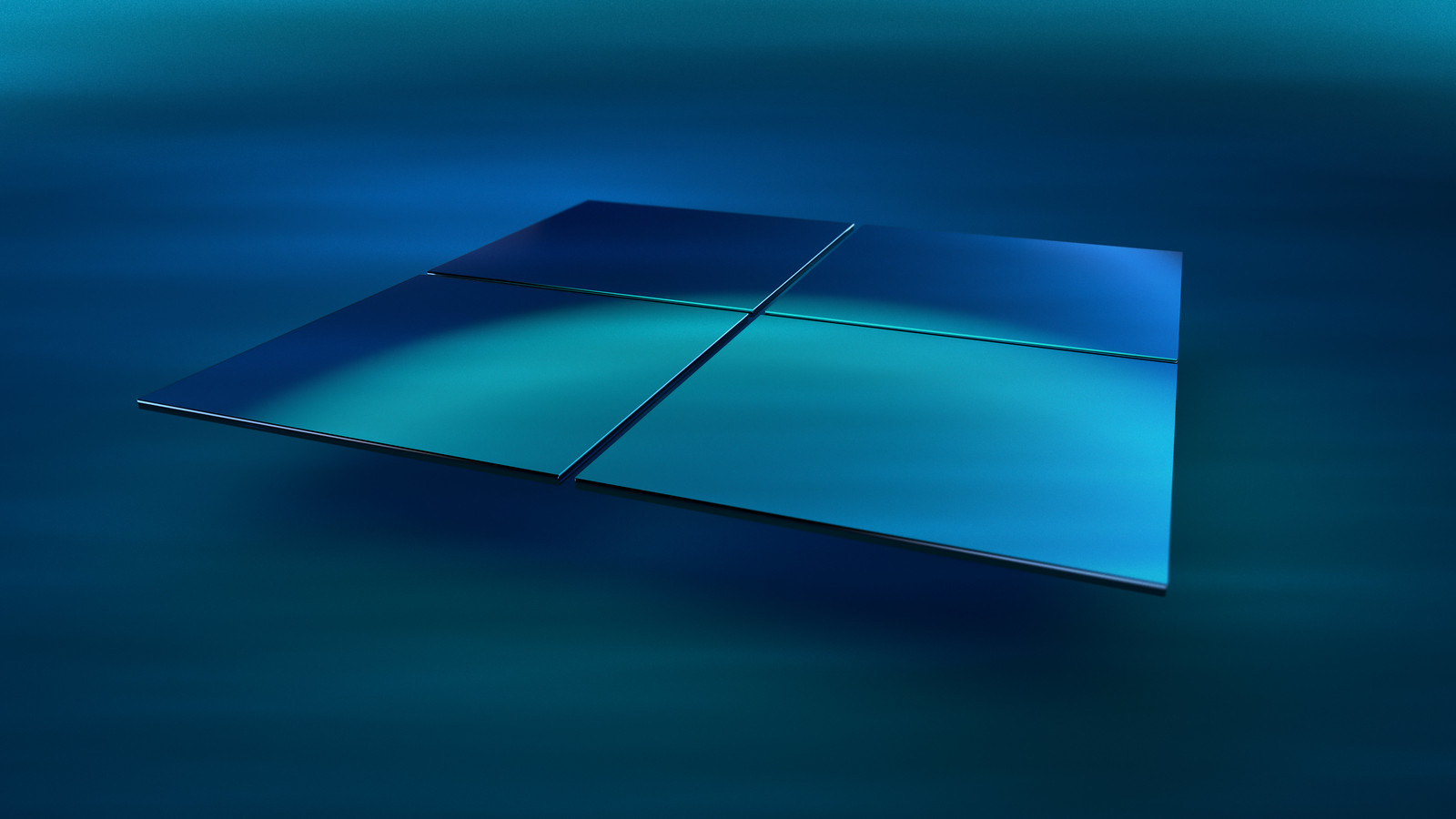In today’s fast-paced digital world, having a computer that runs smoothly is essential. Windows 11, with its sleek interface and advanced features, can sometimes feel sluggish if not optimized correctly. Fortunately, there are several ways to enhance your system’s performance quickly. This article will guide you through the best settings for Windows 11 performance, ensuring that your device runs efficiently without unnecessary delays. By focusing on the best settings for Windows 11 performance, you can significantly improve your user experience in just a few minutes. Whether you’re gaming, working, or browsing, knowing the Best settings for Windows 11 performance can make a world of difference. Let’s dive into the best settings for Windows 11 performance that you can implement right now.
Understanding Windows 11 Performance
Before we delve into the best settings for Windows 11 performance, it’s essential to understand what affects your system’s speed. Factors such as background applications, visual effects, and power settings can all impact performance. By adjusting these elements, you can unlock the full potential of your Windows 11 device. The best settings for Windows 11 performance will help you streamline your system, making it more responsive and efficient.
Adjusting Visual Effects
One of the first steps in optimizing your Windows 11 performance is to adjust the visual effects. Windows 11 comes with various animations and graphical features that can consume system resources. To access these settings, follow these steps:
- Right-click on the Start button and select “System.”
- Click on “Advanced system settings.”
- Under the “Performance” section, click on “Settings.”
- In the Performance Options window, select “Adjust for best performance.”
By choosing this option, you will disable many of the visual effects that can slow down your system. This is one of the best settings for Windows 11 performance, especially for users with older hardware.
Managing Startup Programs
Another critical aspect of optimizing your Windows 11 performance is managing startup programs. Many applications automatically launch when you start your computer, which can significantly slow down boot times and overall performance. To manage these programs:
- Press
Ctrl + Shift + Escto open the Task Manager. - Navigate to the “Startup” tab.
- Review the list of programs and disable any that you do not need to start automatically.
Disabling unnecessary startup programs is one of the best settings for Windows 11 performance, as it allows your system to boot faster and frees up resources for other tasks.
Power Settings Optimization
Windows 11 offers various power settings that can impact performance. By adjusting these settings, you can ensure that your system runs at its best. To optimize power settings:
- Open the Start menu and type “Power & sleep settings.”
- Click on “Additional power settings.”
- Select the “High performance” plan.
Choosing the High performance plan is one of the best settings for Windows 11 performance, as it prioritizes performance over energy efficiency. This is particularly beneficial for gaming or resource-intensive applications.
Disk Cleanup and Storage Management
Regularly cleaning up your disk and managing storage can also enhance your Windows 11 performance. Over time, temporary files and unnecessary applications can accumulate, taking up valuable space. To perform a disk cleanup:
- Type “Disk Cleanup” in the Start menu search bar and open the application.
- Select the drive you want to clean (usually C:).
- Check the boxes for the types of files you want to delete and click “OK.”
Performing a disk cleanup is one of the best settings for Windows 11 performance, as it helps free up space and improve system responsiveness.
Updating Drivers and Windows
Keeping your drivers and Windows 11 updated is crucial for optimal performance. Updates often include performance improvements and bug fixes that can enhance your system’s speed. To check for updates:
- Open the Settings app and navigate to “Windows Update.”
- Click on “Check for updates” and install any available updates.
Regularly updating your system is one of the best settings for Windows 11 performance, ensuring that you benefit from the latest enhancements and security patches.
Utilizing Storage Sense
Windows 11 includes a feature called Storage Sense, which automatically frees up space by deleting unnecessary files. To enable Storage Sense:
- Go to Settings and select “System.”
- Click on “Storage.”
- Toggle on the Storage Sense option.
Enabling Storage Sense is one of the best settings for Windows 11 performance, as it helps maintain optimal storage levels without manual intervention.
Conclusion
In conclusion, optimizing your Windows 11 performance doesn’t have to be a time-consuming task. By implementing the best settings for Windows 11 performance outlined in this article, you can significantly enhance your system’s speed and responsiveness in just a few minutes. From adjusting visual effects to managing startup programs and updating your system, each step contributes to a smoother user experience. Remember, the best settings for Windows 11 performance are not one-size-fits-all; feel free to experiment with different configurations to find what works best for your specific needs. With these tips, you can enjoy a faster, more efficient Windows 11 experience.



